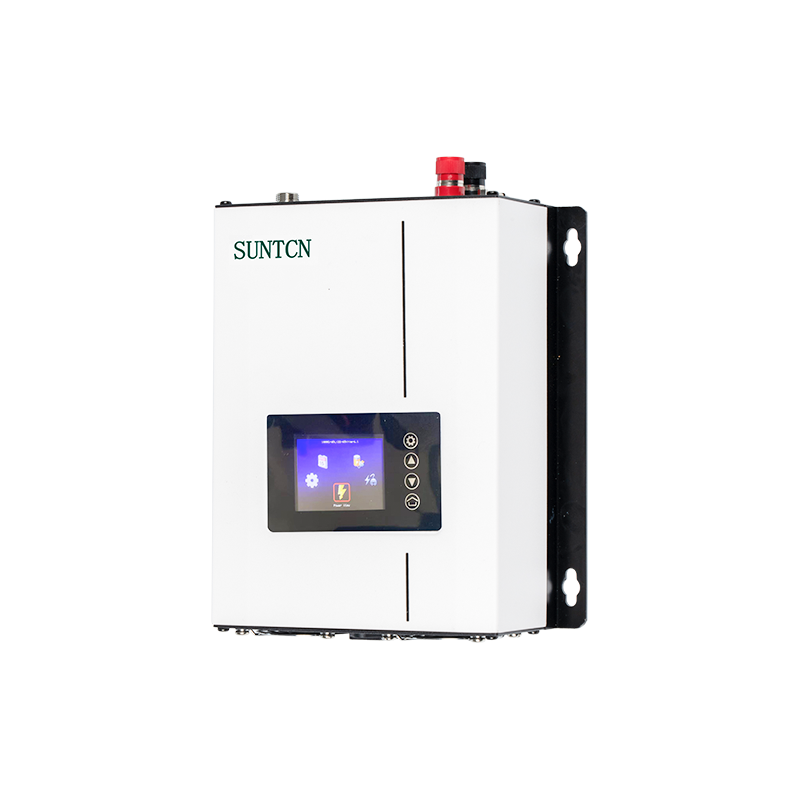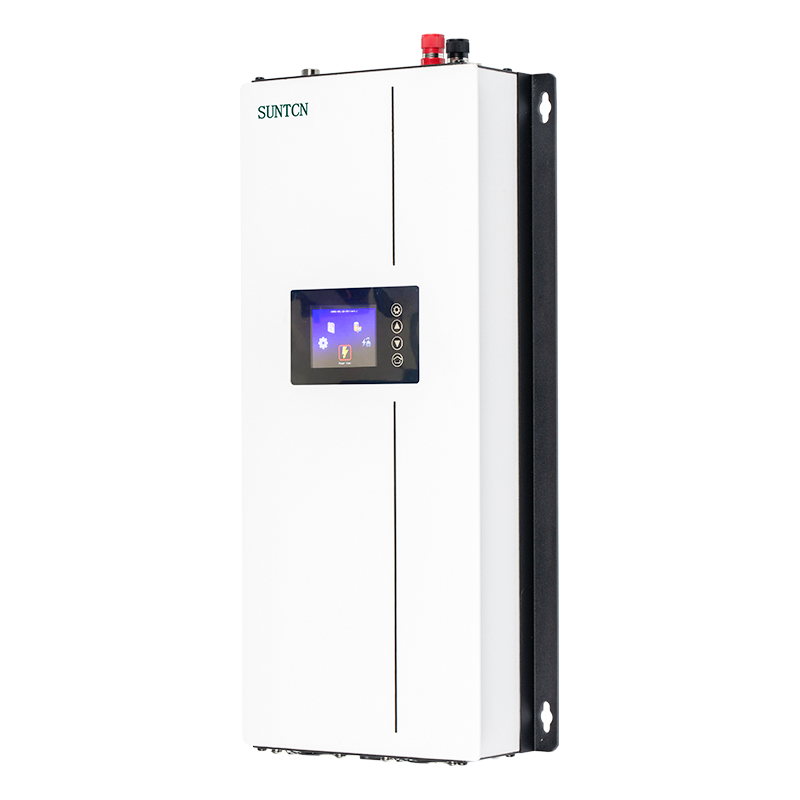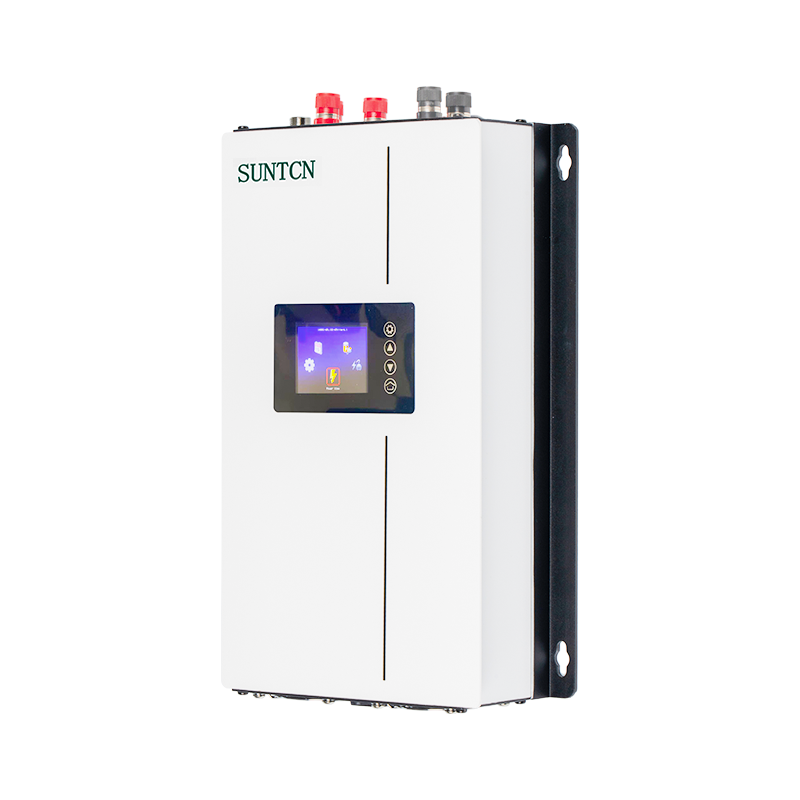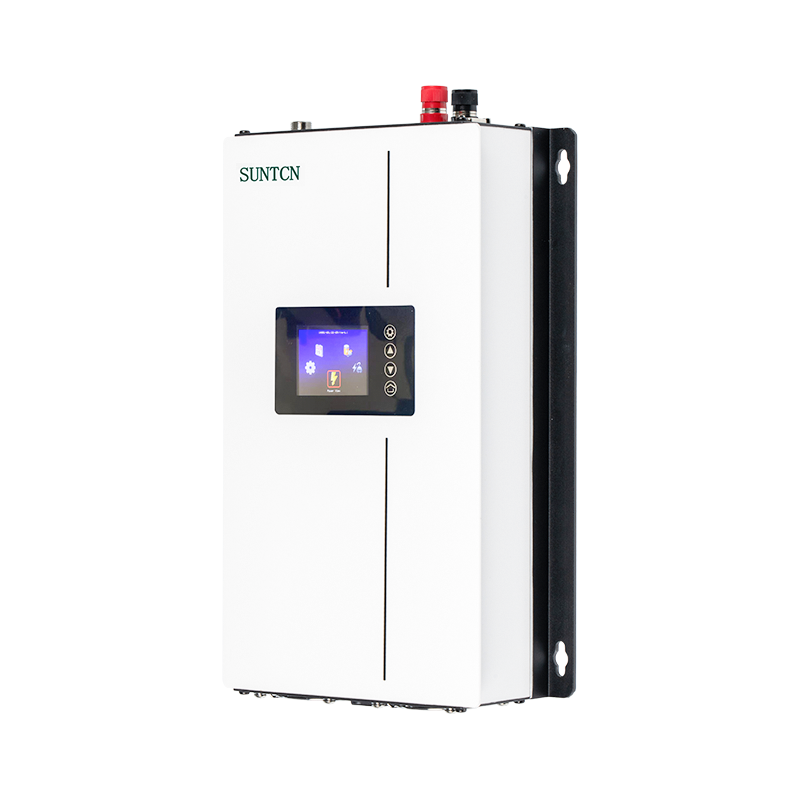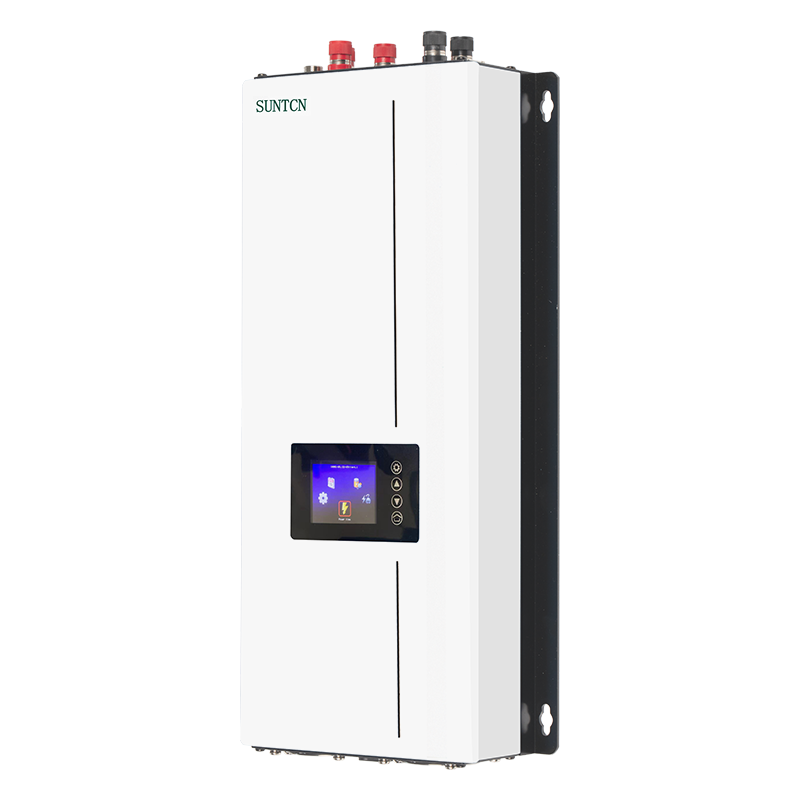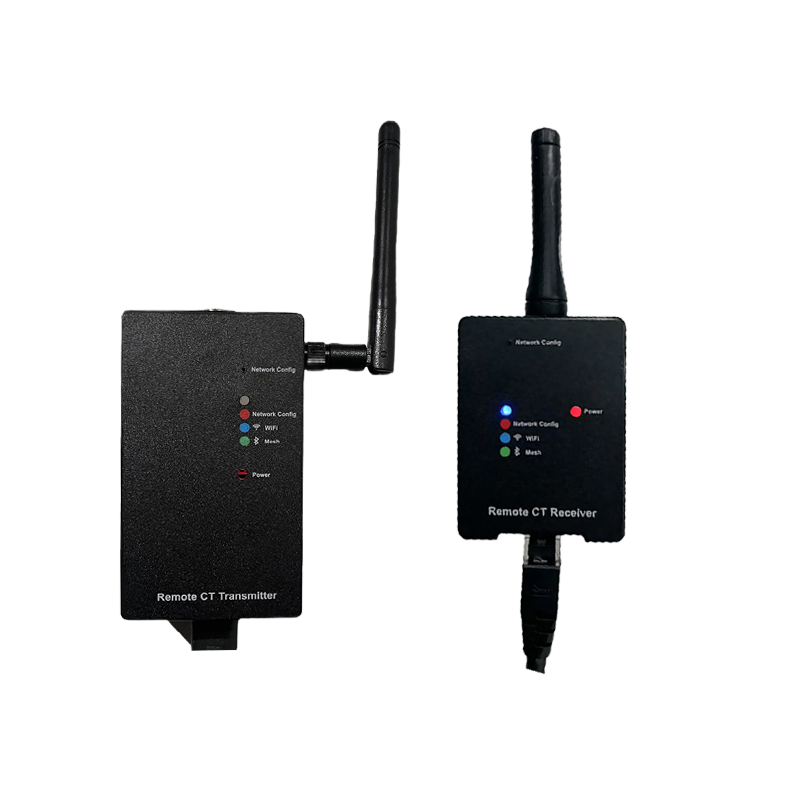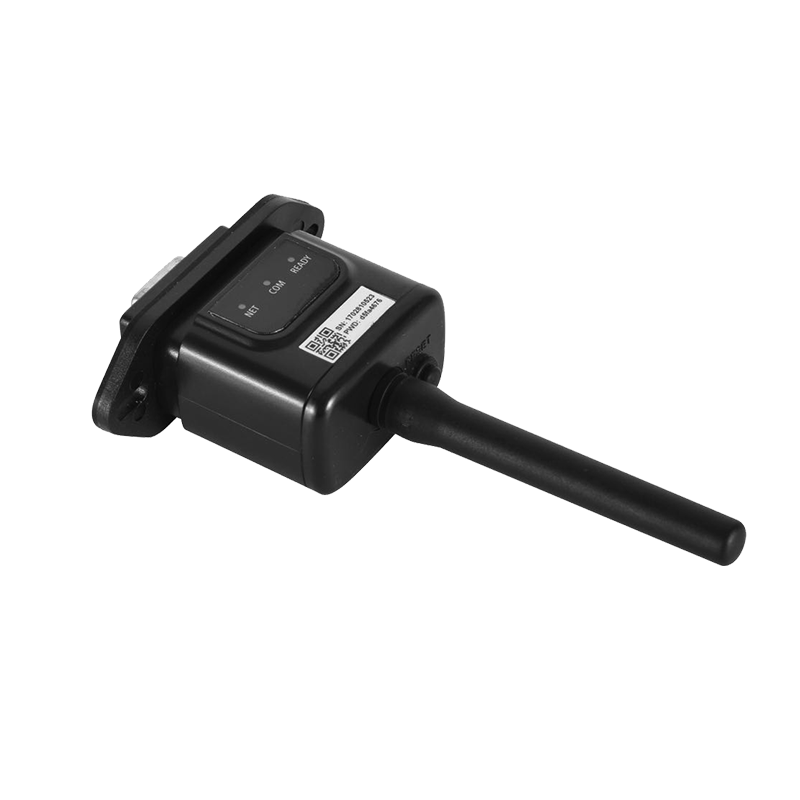The choice of grid tie inverter technology depends on various factors including system size, shading conditions, installation location, budget, and specific project requirements. Here's a brief overview of the three main types of grid-tie inverter technologies:
String Inverters:
Suitability: String inverters are well-suited for medium to large-scale solar PV systems where multiple solar panels are connected in series to form strings. They are commonly used in residential and commercial installations.
Operation: In a string inverter setup, multiple strings of solar panels are connected to a single inverter. The inverter converts the DC power generated by each string into AC power for grid connection.
Advantages:
Cost-effective solution for larger installations.
Simplified design and installation process.
Efficient operation under uniform shading conditions.
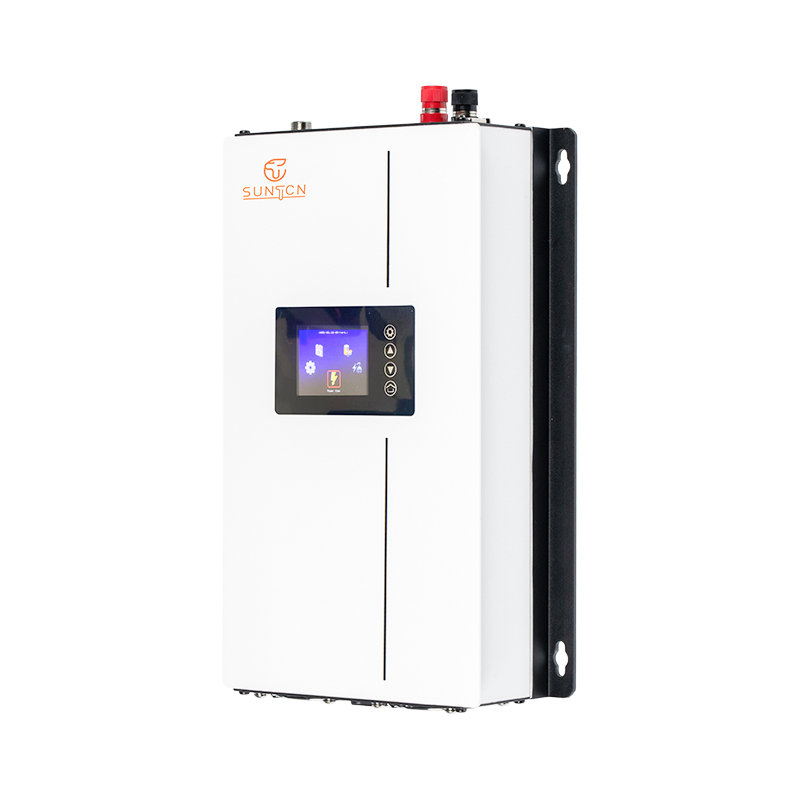
Central Inverters:
Suitability: Central inverters are typically used in utility-scale solar PV projects with high power output requirements. They are suitable for installations with large numbers of solar panels and minimal shading.
Operation: Central inverters are designed to handle high DC input voltages and convert the combined DC power from multiple strings or arrays of solar panels into AC power for grid connection.
Advantages:
High efficiency and power output.
Reduced balance of system (BOS) costs due to fewer inverters required.
Scalability for large-scale installations.
Microinverters:
Suitability: Microinverters are ideal for residential and small-scale commercial solar PV systems where shading, complex roof layouts, or panel-level monitoring are important considerations.
Operation: Each solar panel is paired with its own microinverter, which converts the DC power directly at the panel level into AC power for grid connection. This allows for independent operation of each panel, minimizing the impact of shading or panel-level variations.
Advantages:
Enhanced energy production in shaded or unevenly-illuminated environments.
Panel-level monitoring and diagnostics for improved system performance.
Simplified installation and system design.
When selecting the most suitable grid-tie inverter technology for a project, it's essential to consider factors such as system size, shading conditions, budget, installation complexity, and desired monitoring capabilities. Consulting with experienced solar professionals and evaluating the specific requirements of the project will help determine the best choice of inverter technology to maximize performance, efficiency, and return on investment.

 English
English Español
Español Deutsch
Deutsch